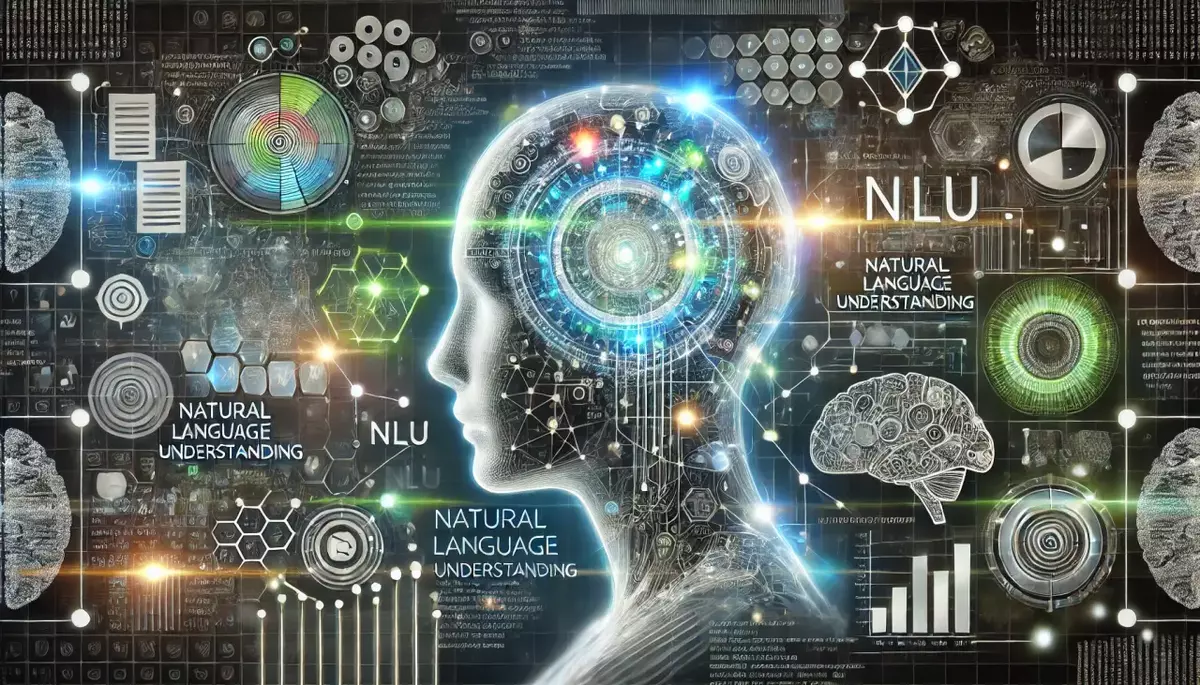Introduction
Natural Language Understanding (NLU) is a subfield of artificial intelligence and computational linguistics that focuses on enabling computers to comprehend, interpret, and derive meaning from human language. It is a crucial component of natural language processing (NLP) and plays a vital role in the development of intelligent systems that can interact with humans in a more natural and intuitive manner.
What is Natural Language Understanding?
Natural Language Understanding is the process of extracting semantic and syntactic information from human language, allowing computers to understand the underlying meaning and intent behind written or spoken text. It involves the analysis of language structure, context, and semantics to transform unstructured natural language input into a structured, machine-readable format that can be further processed and acted upon by computer systems.
Key Characteristics of NLU:
- Semantic Analysis: Identifying the meaning and relationships between words, phrases, and sentences.
- Contextual Understanding: Interpreting language based on the surrounding context, including social, cultural, and situational factors.
- Intent Recognition: Determining the underlying purpose or goal behind the language input, such as a request, question, or command.
- Language Ambiguity Resolution: Addressing the inherent ambiguity in natural language, such as homonyms, metaphors, and idioms.
How Does Natural Language Understanding Work?
Natural Language Understanding typically involves a multi-step process that combines various techniques and technologies from the fields of linguistics, machine learning, and artificial intelligence.
The NLU Process:
- Preprocessing: The input text is preprocessed, which may include tasks such as tokenization, part-of-speech tagging, and named entity recognition.
- Syntactic Analysis: The grammatical structure of the text is analyzed to understand the relationships between words and phrases.
- Semantic Analysis: The meaning and relationships between the linguistic elements are extracted, often using techniques such as word embeddings and knowledge graphs.
- Context Analysis: The surrounding context, including the user’s intent, is considered to interpret the language input more accurately.
- Reasoning and Inference: Advanced techniques, such as rule-based reasoning or machine learning models, are used to draw inferences and derive insights from the processed language data.
Example of NLU in Action:
Consider the sentence: “I’d like to book a flight to New York for next weekend.” An NLU system would analyze this input and extract the following information:
- Intent: Book a flight
- Destination: New York
- Time Frame: Next weekend
This structured information can then be used by other systems, such as a travel booking application, to fulfill the user’s request.
Applications of Natural Language Understanding
Natural Language Understanding has a wide range of applications across various industries and domains:
Virtual Assistants and Chatbots
NLU is a crucial component in the development of intelligent virtual assistants and chatbots, enabling them to understand and respond to user queries and commands in a more natural and contextual manner.
Language Translation
NLU techniques are used in machine translation systems to accurately interpret the meaning and intent behind text, allowing for more precise and natural-sounding translations.
Information Retrieval and Question Answering
NLU is applied in search engines and question-answering systems to better understand user queries and provide more relevant and accurate responses.
Sentiment Analysis
NLU techniques are used to analyze the sentiment, emotions, and opinions expressed in text, which is valuable for applications such as customer service, marketing, and social media monitoring.
Automated Text Summarization
NLU can be used to extract the key points and main ideas from large volumes of text, enabling the generation of concise and informative summaries.
Challenges in Natural Language Understanding
Despite the advancements in NLU, there are still several challenges that researchers and developers continue to address:
- Language Ambiguity: Dealing with the inherent ambiguity and complexity of natural language, such as homonyms, metaphors, and context-dependent meanings.
- Multilingual Support: Developing NLU systems that can effectively handle multiple languages and cultural contexts.
- Contextual Understanding: Accurately interpreting language based on the surrounding context, including social, cultural, and situational factors.
- Commonsense Reasoning: Enabling NLU systems to draw inferences and make logical connections based on human-like commonsense knowledge.
- Scalability and Efficiency: Improving the performance and scalability of NLU models to handle large-scale, real-world applications.
Future Directions in Natural Language Understanding
The field of Natural Language Understanding continues to evolve, with researchers and developers exploring various advancements and innovations:
- Multimodal Integration: Combining NLU with other modalities, such as vision and speech, to create more comprehensive and intelligent language understanding systems.
- Explainable AI: Developing NLU models that can provide explanations for their decisions and recommendations, improving transparency and trust.
- Ethical and Responsible NLU: Addressing issues of bias, fairness, and privacy in the development and deployment of NLU systems.
- Conversational AI: Advancing NLU capabilities to enable more natural, engaging, and contextual human-computer dialogues.
- Cognitive Modeling: Leveraging insights from cognitive science and neuroscience to create NLU systems that better mimic human language understanding.
Conclusion
Natural Language Understanding is a crucial field that enables computers to comprehend, interpret, and derive meaning from human language. By bridging the gap between natural language and machine-readable formats, NLU has paved the way for the development of intelligent systems that can interact with humans in a more natural and intuitive manner. As the field continues to evolve, the potential applications of NLU will continue to expand, transforming the way we communicate with and leverage technology.
This knowledge base article is provided by Fabled Sky Research, a company dedicated to exploring and disseminating information on cutting-edge technologies. For more information, please visit our website at https://fabledsky.com/.
References
- Jurafsky, D., & Martin, J. H. (2021). Speech and Language Processing (3rd ed.). Pearson.
- Liddy, E. D. (2001). Natural Language Processing. In Encyclopedia of Library and Information Science (2nd ed.). CRC Press.
- Cambria, E., & White, B. (2014). Jumping NLP Curves: A Review of Natural Language Processing Research. IEEE Computational Intelligence Magazine, 9(2), 48-57.
- Chowdhary, K. R. (2020). Natural Language Processing. In Fundamentals of Artificial Intelligence. Springer, New Delhi.
- Hirschberg, J., & Manning, C. D. (2015). Advances in Natural Language Processing. Science, 349(6245), 261-266.


























